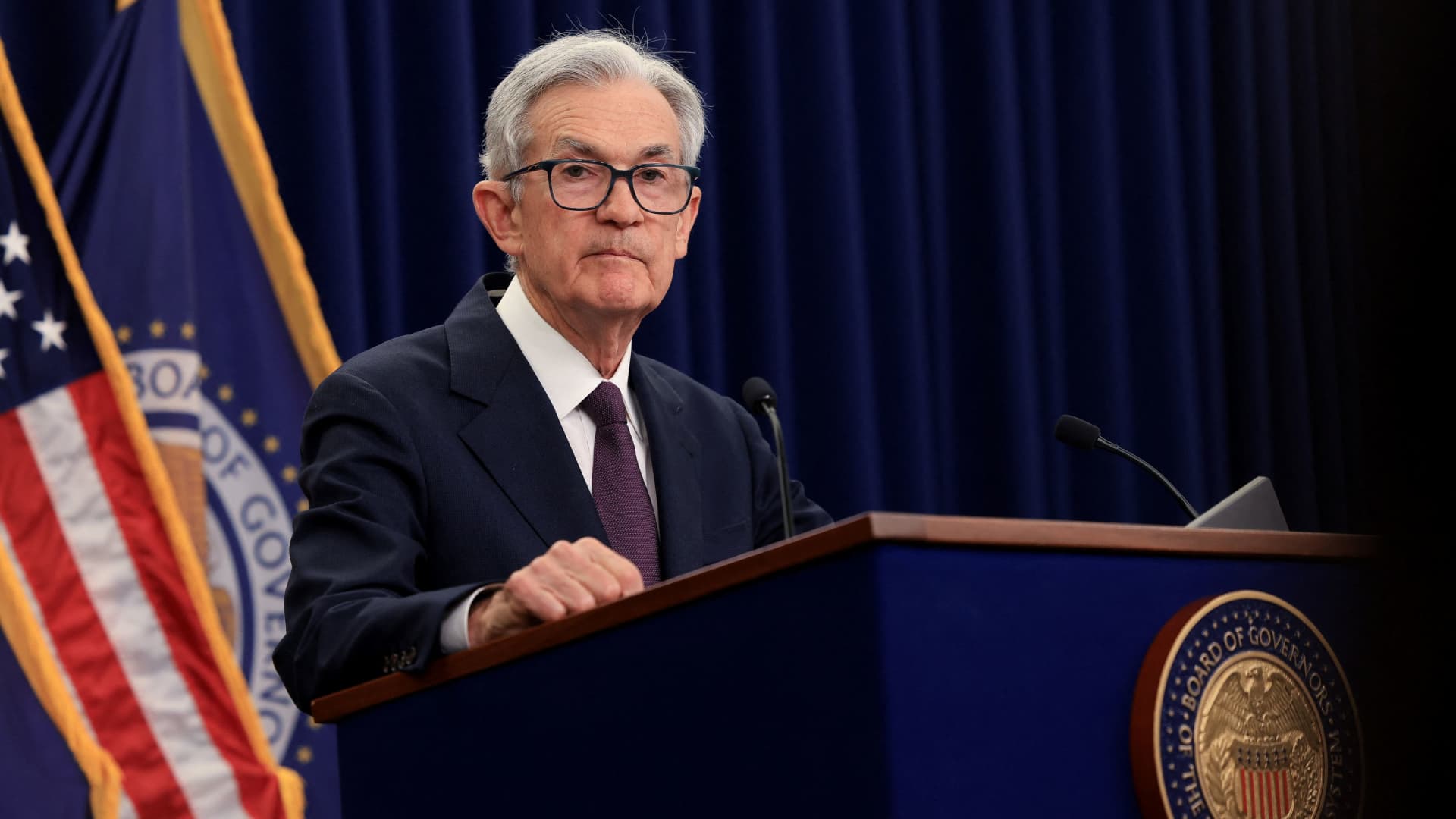The Federal Reserve has once again opted to maintain its benchmark interest rate, a decision largely anticipated by financial markets. However, the latest meeting unfolded with an unusual twist: a rare dual dissent from key central bank members, signaling potential shifts in monetary policy discussions and raising questions about future rate adjustments. This unprecedented opposition highlights growing internal divisions within the Fed regarding the optimal path forward for the U.S. economy.
Fed Chair Jerome Powell articulated the central bank’s rationale for holding rates steady, emphasizing a cautious approach to inflation management. He stated the Fed’s commitment to anchoring long-term inflation expectations and preventing one-time price level increases from escalating into persistent problems. This stance underscores a desire to observe evolving economic data before committing to further policy shifts, prioritizing stability amidst ongoing economic uncertainties.
Powell reiterated that the current policy stance is deemed “appropriate” to mitigate inflation risks and provides the necessary flexibility to respond to future economic developments. He indicated the central bank is well-positioned to gather more insights into the economy’s trajectory and the balance of risks before making any adjustments. This data-dependent approach suggests that while the immediate future holds steady rates, September’s meeting remains open to various outcomes.
The notable departure from consensus came from Federal Reserve governors Michelle W. Bowman and Christopher Waller, who voted against keeping the federal funds rate unchanged. Their dissent marks a significant historical moment, being the first time in over three decades that multiple members have cast dissenting votes in a rate decision. This break in ranks immediately drew attention from analysts and traders scrutinizing the implications for future monetary policy.
Both Bowman and Waller joined the Fed’s Board of Governors during former President Donald Trump’s administration, a period marked by his vocal pressure on the central bank for lower borrowing costs. Waller, who took office in late 2020, previously served at the St. Louis Fed. Bowman, reappointed in early 2020, brought prior experience as a state regulator and bank executive, suggesting their independent positions are informed by distinct economic philosophies.
Traders are now intensely focused on deciphering any hints regarding the Federal Reserve’s policy path in the coming months, particularly concerning the September meeting. Powell, however, maintained that no decisions have been made, emphasizing that future actions will be entirely data-driven. The period leading up to September’s meeting will provide two crucial rounds of employment and inflation data, which will heavily influence the next rate decision.
Despite the central bank’s characterization of inflation as “somewhat elevated,” recent Commerce Department reports indicated a sharp decline in the first quarter’s inflation figures. While still above the Fed’s target of 2%, this downturn from previous readings introduces complexity into the policy debate. Analysts like JPMorgan’s David Kelly suggest inflation numbers could worsen before the September meeting, potentially complicating any justification for rate cuts.
For American borrowers, the continued high interest rates translate into significant financial burdens. Mortgage rates remain elevated compared to recent years, and credit card annual percentage rates also show little signs of abating. While higher-yield savings rates offer a rare upside, the broader borrowing environment remains challenging, directly impacting consumers and businesses relying on affordable credit.
The Federal Reserve’s latest meeting underscores a period of careful calibration and internal deliberation. The rare dissents from governors Bowman and Waller, combined with the ongoing scrutiny of economic data and the political backdrop involving former President Trump, set the stage for potentially dynamic shifts in monetary policy. The financial world keenly awaits the September meeting, where new data and continued internal discussions will shape the path forward for interest rates and the broader economy.






Leave a Reply